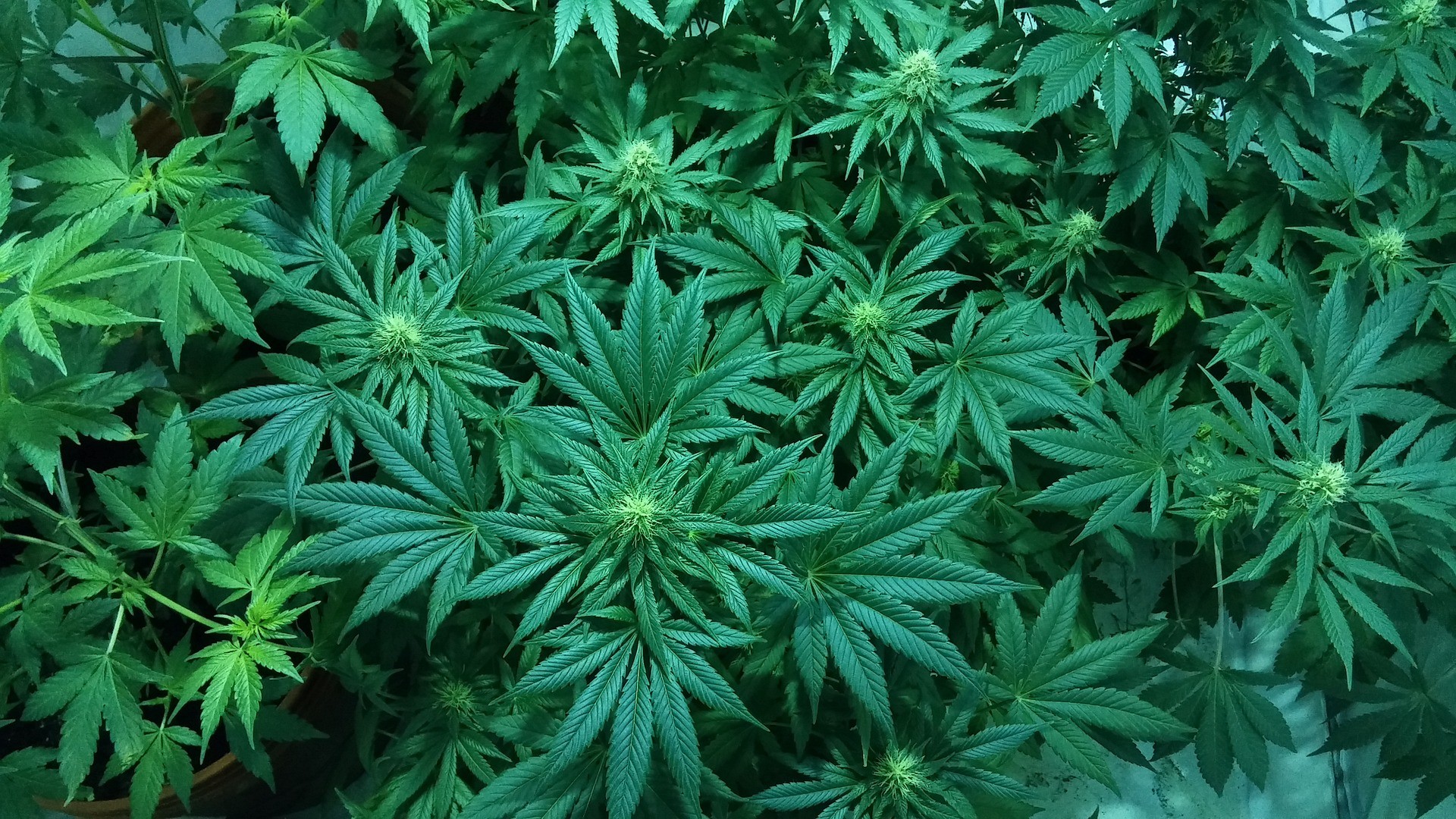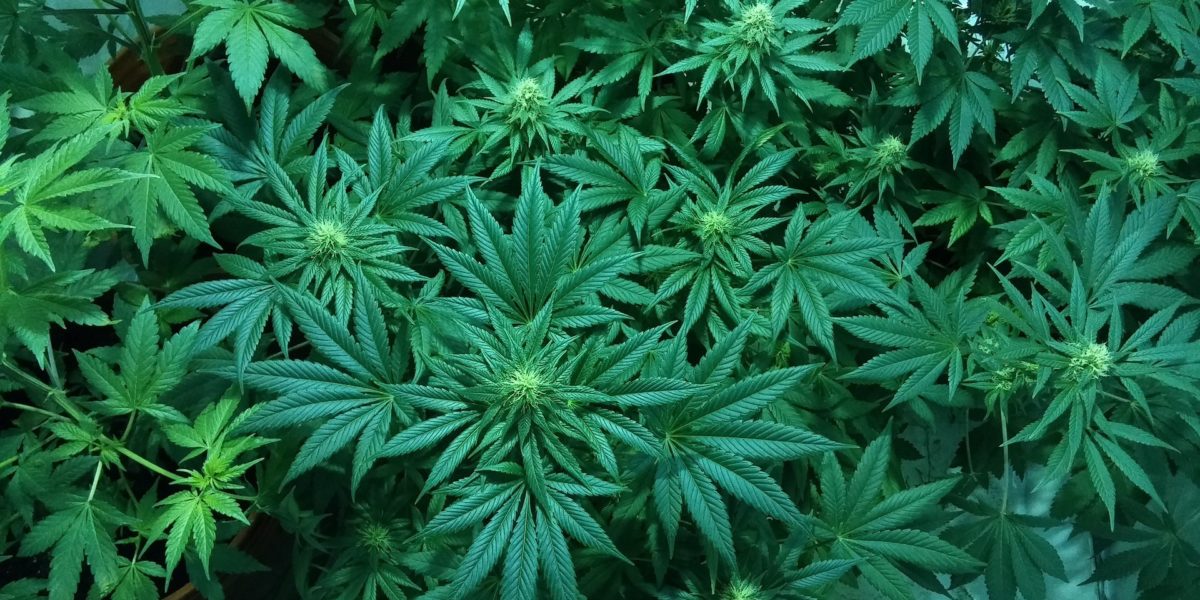
To date, medical marijuana and the non-intoxicating compound of marijuana, CBD oil, have not been standard treatment options for the symptoms of cerebral palsy (CP) and similar conditions, like hypoxic-ischemic encephalopathy (HIE). A few key studies, however, suggest that they provide benefits in treating some of the symptoms commonly associated with these conditions. These symptoms include pain, spasticity, speech issues, and seizures. Check out some of the details of those studies below.
Marijuana use to treat pain
In 2012, The American Journal of Physical Medicine & Rehabilitation published the results of a survey on the use of different pain treatments for cerebral palsy (1). Eighty-three adults participated in the survey, which asked questions regarding:
- The intensity and location of their pain experienced over the past three months
- Their use and the effectiveness of 24 different pain treatments
- The frequency of pain-related doctor visits over the past six months.
The study found that marijuana was the treatment that provided the most pain relief out of all 24 options (1). It was only used by a very small portion of the sample group, however, at roughly 5%.
In another study published in 2016 in The Journal of Pain, researchers had 42 participants with neuropathic pain related to disease or injury to the spinal cord inhale either cannabis or a placebo three times (2). They then inhaled the same substance again three hours later. Researchers used an 11-point numerical pain intensity rating scale to find how cannabis treated their pain symptoms. They found a significant analgesic response in the patients who inhaled cannabis.
Marijuana use to treat spasticity
A 2012 study in the Canadian Medical Association Journal sought to find out if marijuana could help patients suffering from spasticity symptoms (3). Thirty adult patients with multiple sclerosis and treatment-resistant spasticity were randomly assigned to either intervention or control groups, being treated with cannabis or a placebo, respectively. The study found that smoked cannabis was better than the placebo for pain and symptom reduction.
Marijuana use for speech issues
Marijuana is commonly used to relax muscles, so it can be used to help with speech issues, such as:
- Tightness in the facial muscles
- Tremors in the jaw or lips and
- Stuttering (4)
In the 2007 documentary In Pot We Trust, Jacqueline Patterson, a Missouri woman with cerebral palsy, discussed the severe speech impediment she has as a part of her condition. Patterson has been using marijuana to treat her speech impediment since she was 14 years old. The documentary shows footage of her speaking before smoking cannabis, when she struggles to get words out and takes enormous pauses in her speech. Then, after she smokes the cannabis, she speaks again for viewers, clear as day.
Marijuana use to prevent seizures
Perhaps the most astonishing and widely-known case study happened in 2014, when Paige Figi, the mother of 5-year-old Charlotte Figi told Epilepsia magazine about her daughter’s experience with cannabis therapy (5). Charlotte was diagnosed with Dravet Syndrome, which is a rare and severe form of epilepsy. She had cognitive delays, motor delays, required tube feeding and 24/7 care, and experienced up to 50 generalized tonic-clonic seizures a day. Charlotte’s heart stopped several times. Doctors said that there was nothing more the hospital could do, and even suggested putting Charlotte in a medically-induced coma.
After doing extensive research and obtaining permission from pediatricians (most of whom refused to sign on to the treatment) and their home state of Colorado, Paige acquired a rare, high CBD strain of cannabis. She began administering the cannabis in low doses to Charlotte (5).
This was when, as if by magic, Charlotte went the first full week without a seizure since her seizures had begun.
By the third month of taking this high concentration CBD extract, Charlotte’s seizures reduced by over 90%, and she no longer needed her other antiepileptic medications (5). Twenty months after starting this regime, Charlotte only had 2-3 seizures per month. She was also walking and talking again, could eat and drink on her own, slept through the night, and experienced improved autism symptoms. Charlotte’s mother slowed down on the dose of the CBD at times, even cutting it out entirely, and every time she did this, the seizures came back.
This strain of CBD became known as Charlotte’s Web after young Charlotte’s story was reported on CNN (6). After this, parents started moving across the country to Colorado to access the drug. Controversy resulted, however, when people started treating children with epilepsy with unregulated or self-extracted versions of CBD. The author of the piece explains that achieving quality control of all cannabis substances is impossible at present. Parents of children with epilepsy are urging researchers to study the strain of CBD more closely, and cannabis therapy for children with epilepsy in general.
Where are we today?
In March of 2019, Michigan was the first state to add cerebral palsy to the list of conditions eligible to be treated with medical marijuana (7). Cerebral palsy being added as a qualifying condition was approved by Michigan’s Department of Licensing and Regulatory Affairs (LARA) after unanimous recommendation from a five-member Medical Marijuana Review Panel.
Other states allow the use of medical marijuana for certain symptoms associated with cerebral palsy, such as pain, muscle spasms, anxiety, and seizures. Meanwhile, people across the country urge researchers to test strains of the drug more closely, in the hopes that there will soon be a consistent, regulated strain which can be used to treat CP and its symptoms safely and legally.
Sources
- Hirsh, A. T., Kratz, A. L., Engel, J. M., & Jensen, M. P. (2011). Survey results of pain treatments in adults with cerebral palsy. American journal of physical medicine & rehabilitation, 90(3), 207–216. doi:10.1097/PHM.0b013e3182063bc9
- Thomas. (2016, June 7). An Exploratory Human Laboratory Experiment Evaluating Vaporized Cannabis in the Treatment of Neuropathic Pain From Spinal Cord Injury and Disease. Retrieved October 23, 2019, from https://www.sciencedirect.com/science/article/abs/pii/S1526590016300724.
- Corey-Bloom, J., Wolfson, T., Gamst, A., Jin, S., Marcotte, T. D., Bentley, H., & Gouaux, B. (2012). Smoked cannabis for spasticity in multiple sclerosis: a randomized, placebo-controlled trial. CMAJ : Canadian Medical Association journal = journal de l’Association medicale canadienne, 184(10), 1143–1150. doi:10.1503/cmaj.110837
- Rosado, J. (2019, January 29). Medical Marijuana For Stuttering. Retrieved October 23, 2019, from https://www.marijuanadoctors.com/conditions/stuttering/.
- Maa, E., & Figi, P. (2014, May 22). The case for medical marijuana in epilepsy. Retrieved October 22, 2019, from https://onlinelibrary.wiley.com/doi/full/10.1111/epi.12610.
- Young, S. (2013, August 7). Marijuana stops child’s severe seizures. Retrieved October 22, 2019, from https://www.cnn.com/2013/08/07/health/charlotte-child-medical-marijuana/.
- Chapman, M. (2019, March 15). Cerebral Palsy Approved for Patient Medical Marijuana Use in Michigan. Retrieved October 18, 2019, from https://cerebralpalsynewstoday.com/2019/03/15/cerebral-palsy-approved-for-patient-medical-marijuana-use-in-michigan/.



Leave a Reply
You must be logged in to post a comment.